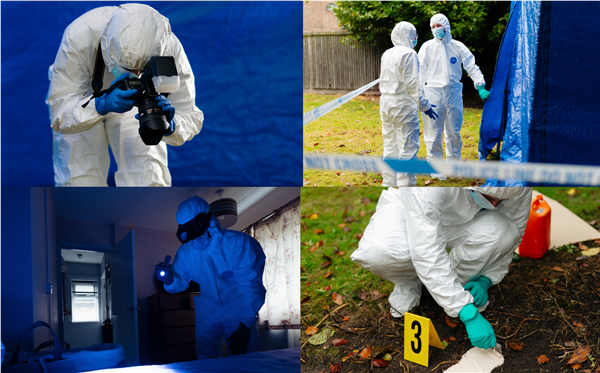|
||||
|
||||
|
|
||||
|
Catching a Killer, Killer at the Crime Scene, CSI, NCIS, Forensics: The Real CSI– the list could go on, but most of us would have heard of at least one of these True Crime TV shows. They all delve into the life of a crime scene investigator and our major crime team, tapping into our own investigative minds and true crime curiosity to give a (dramatized) insight into solving cases - catching killers, burglars, sexual predators, and ultimately getting justice for victims. I’m sure you’re imagining the white suit, the tent, the masks, the police tape, and with the amount of shows out there, I’m sure a lot of us think we have a pretty good grip on the process, but do the shows always get it right? It’s not always about getting suited and booted, and did you know, a lot of the scene recovery can actually be done without the full suits? We crossed over and went beyond the police line to understand the reality of how it all really works, and the processes of a crime scene that lead to catching some of the most prolific criminals and solving (or not) of the most complex cases, including those we focused on as part of our current knife crime campaign, What’s the point? We are the second largest provider of crime scene investigation and forensics, second only to the MET with over 180 police staff members living and breathing the real CSI day in day out and helping solve a whole host of crimes across the region. From murder and rape scenes, to burglaries, serious assaults, road traffic collisions, drug farms and everything in between, our CSI team is specially trained in capturing a variety of physical evidence such as blood, bodily fluids, hair, fingerprints, footprints, footwear and tyre tracks, drug, and firearm evidence, and more. Area Forensic Manager Simon Watson gives us a real-world view of crime scene investigation and a behind-the-scenes insight into the work being done.
| ||||
Reply to this message | ||||
|
||||
|
|
|






